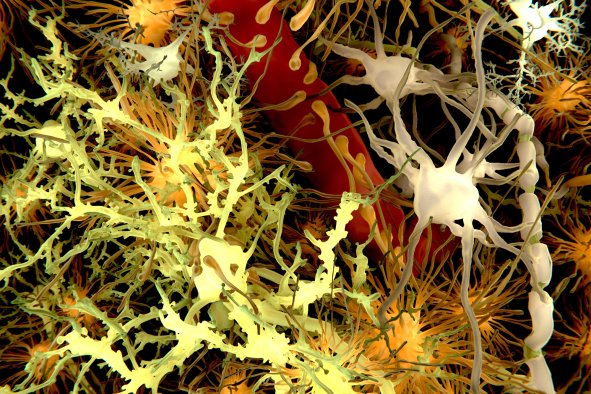Your cellphone may represent a serious threat to biosecurity and may facilitate the spread of future pandemics.
When you travel, you never fly alone. Of course, every one of us carries around trillions of microorganisms in our guts and on our skin—that's unavoidable. But the majority of us carry around a second bacterial breeding ground: our cellphones.
"On average, [we have found] between 120 and 200 microbes per phone," Lotti Tajouri, an associate professor of molecular genetics who focuses on public health and biosecurity at Australia's Bond University, told Newsweek. "E. coli has been found in roughly a third of mobile phones."
In fact, E. coli might be the least of our worries. In a study by Tajouri and his team, antibiotic-resistant "superbugs" and a bacterium known to cause crop disease were found on the surface of mobile phones.
The study, published in the journal Infection, Disease and Health, analyzed 20 mobile phones belonging to attendees in Sydney at the 2023 international conference of the World Organization of National Colleges, Academies and Academic Associations of General Practitioners/Family Physicians. Despite this small sample size, the analysis revealed there were more than 2,200 different microbes across the devices.
But why are our cellphones so dirty?
"[Cell phones] are five-star hotels for all sorts of microbes: fungi, bacteria, viruses and bacteria," Tajouri said. "We populate the surface of mobile phones constantly with our own biota, from salivary-filled biota secretions to fecal-based organisms as we use mobile phones in the toilet; with dust deposition, other hands than the owner's hands, etcetera."
He continued: "We eat with mobile phones, so we feed microbes on mobile phones, constantly giving these frequently 'free buffets' during breakfasts, lunches or dinners.... We talk over our phones and drop down to salivary droplets, full of microbes too, that provide optimal moisture conditions for microbes to thrive."
And all of these microbes are in close proximity in a very confined space (the phones) that may favor "horizontal genetic transfer," Tajouri said. (That is the transfer of DNA between different species.)
So what can we do to limit the spread of these microorganisms?
"We really require the attention of the WHO, CDC and competent authorities like the biosecurity leaders to address this issue of mobile phones by putting in place these UVC [germ-killing light] devices," Tajouri said, referring to the World Health Organization and the U.S. Centers for Disease Control and Prevention. "Otherwise the introduction of plant pathogens, animal pathogens and human pathogens will make their way into our countries without prevention."
He added: "A recent systematic review we published showed that 45 percent of the mobile phones during COVID-19 harbored SARS-CoV-2."
These sanitization protocols will require coordination across different countries.
"To tackle efficiently this problem, the sanitization should be implemented by vessel/plane where the cabin crew ensure full compliance of this process," Tajouri said.
He continued: "Neglecting this issue might be the biggest mistake in preventing infection to spread [and] might be the cause of pandemics where unnoticed contaminated mobile phones act as Trojan horses."
Is there a health problem that is worrying you? Let us know via health@newsweek.com. We can ask experts for advice, and your story could be featured in Newsweek.
References
Olsen, M., et al. (2024). Microbial laden mobile phones from international conference attendees pose potential risks to public health and biosecurity. Infection, Disease & Health, S2468-0451(24)00067-1. Advance online publication. https://doi.org/10.1016/j.idh.2024.08.004
Olsen, M., et al. (2023). Do mobile phone surfaces carry SARS-CoV-2 virus? A systematic review warranting the inclusion of a "6th" moment of hand hygiene in healthcare. Journal of Infection and Public Health, 16(11), 1750–1760. https://doi.org/10.1016/j.jiph.2023.08.017
Disclaimer: The copyright of this article belongs to the original author. Reposting this article is solely for the purpose of information dissemination and does not constitute any investment advice. If there is any infringement, please contact us immediately. We will make corrections or deletions as necessary. Thank you.



